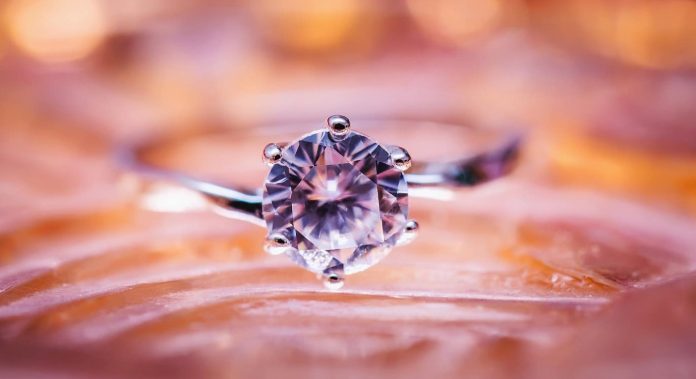Diamonds attract everyone because of their mesmerizing elegance. Clarity is a significant quality measuring metric in diamonds. Natural diamonds have higher clarity indexes, but they are incredibly pricey. That is why the experts began marketing a competitive solution called si diamonds.
SI stands for “slightly included”. SI clarity diamonds are not low-grade but have marginally more blemishes and inclusions than natural ones. These flaws are invisible to the naked eye but fairly seeable under 10x magnification.
SI diamonds are an excellent solution for budget-bound buyers. However, buying the perfect piece requires more research. The factors discussed below will help you effortlessly acquire the savviest and most charismatic SI diamond!
Essential Factors to Select the Savviest SI Diamond
The Budget
Si diamonds make a commendable purchase when you are budget-restricted. There are two categories of Si-grade diamonds, VS and SI. VS (Very Slightly Included) diamonds have very few imperfections, making them more expensive.
In comparison, SI diamonds have slightly more flaws but are relatively budget-friendly. Buying SI diamonds makes perfect sense because there is no use in paying more for undetectable marks.
Physical Evaluation
Diamonds of all grades are expensive; therefore, they require additional evaluations. People follow two approaches to purchasing diamonds, not researching enough and researching sufficiently.
Digging around helps you understand SI diamonds’ possible flaws (merely staring at diamonds’ images online is not enough, you must also physically examine them). By hand-examining, you will know which one makes the perfect fit. And ultimately, make a balanced decision.
In contrast, a hasty diamond purchase is nothing but a waste. You can end up buying a stone that slices into half during the forging process, or its flaws are more visible. Therefore, shopping around and physically examining diamonds is the best to get the perfect one.
Diamond Shape
The visibility of the flaws also depends upon the shape of the diamond. SI diamonds make the best pick for most shapes (both rounded and sharp-edged). Most jewelry settings have prongs, which put pressure on the diamond. If the imperfections are under the prongs, your stone may break out of the ring.
Reflections
Diamonds have a multilayered reflective structure. Multiple reflections and blemishes can cause the diamond to look poor. Therefore, choosing a piece with minor imperfections is essential because, naturally, larger ones look like big dark clots in the diamond.
SI1 Vs. SI2 Diamonds
Next comes the level of inclusions. SI1 diamonds have fewer inclusions, while SI2 ones have more. Resultantly, the former ones are more expensive. Also, it’s best to buy small SI diamonds because larger diamonds’ flaws are more visible.
Color
Most people prefer signature crystal-like sparkling diamonds, but a broad community also likes colored diamonds. Color can help minimize the visibility of flaws. Lighter colors exhibit more defects, while darker colors hide them.
Conclusion
Purchasing a diamond is an adventure for some users and a struggle for others. Of course, everyone wants the perfect shiny gem for their jewelry. However, diamonds have different intensities of inclusions (flaws). Larger flaws are eye-seeable, while mostly, they are visible under microscopes.
Diamonds with higher clarity are costly. Therefore, the market offers pocket-friendly SI diamonds. They have the same elegance and charm; however, more care is needed to pick an eye-clean piece.
When shopping for an SI diamond, the main job is looking for a piece with fewer blemishes. Factors like color, shape, size and budget play an important role in buying a purer SI diamond.





